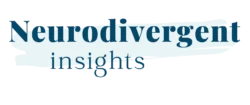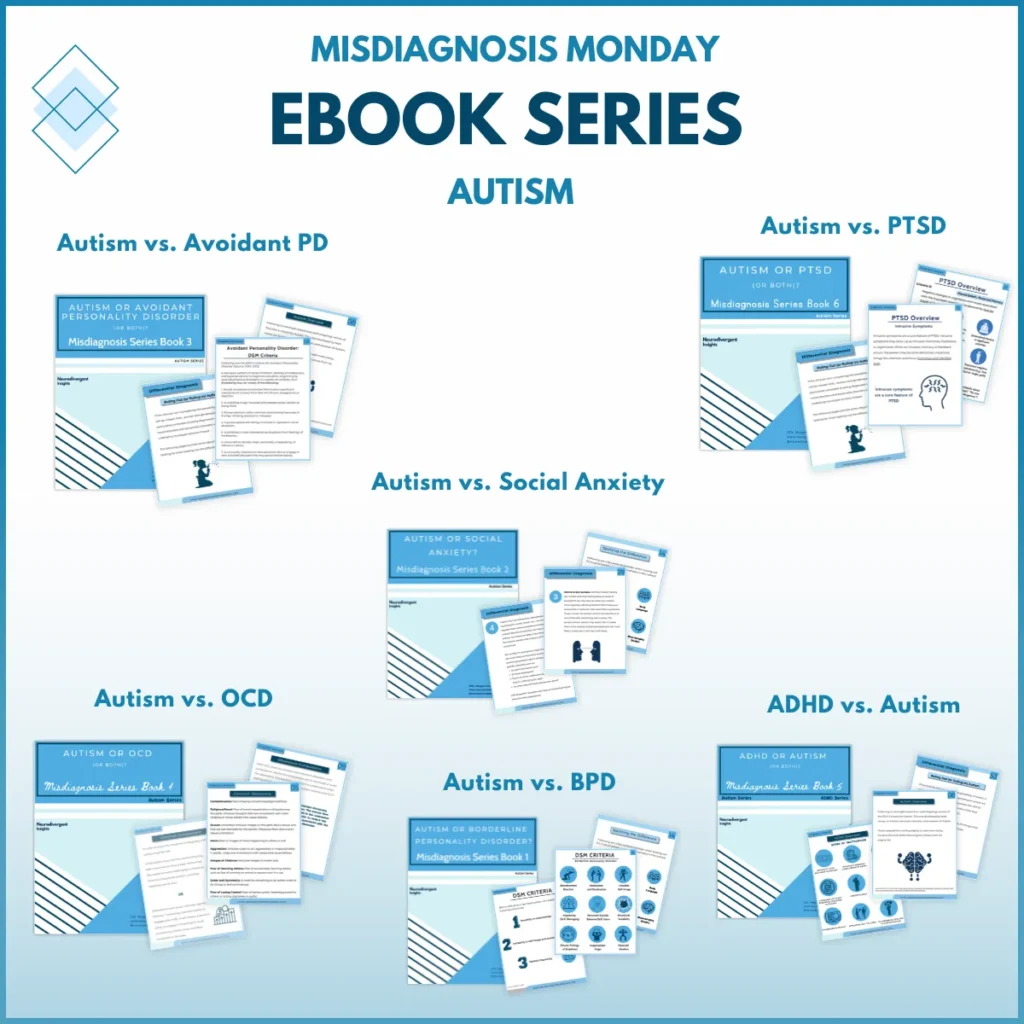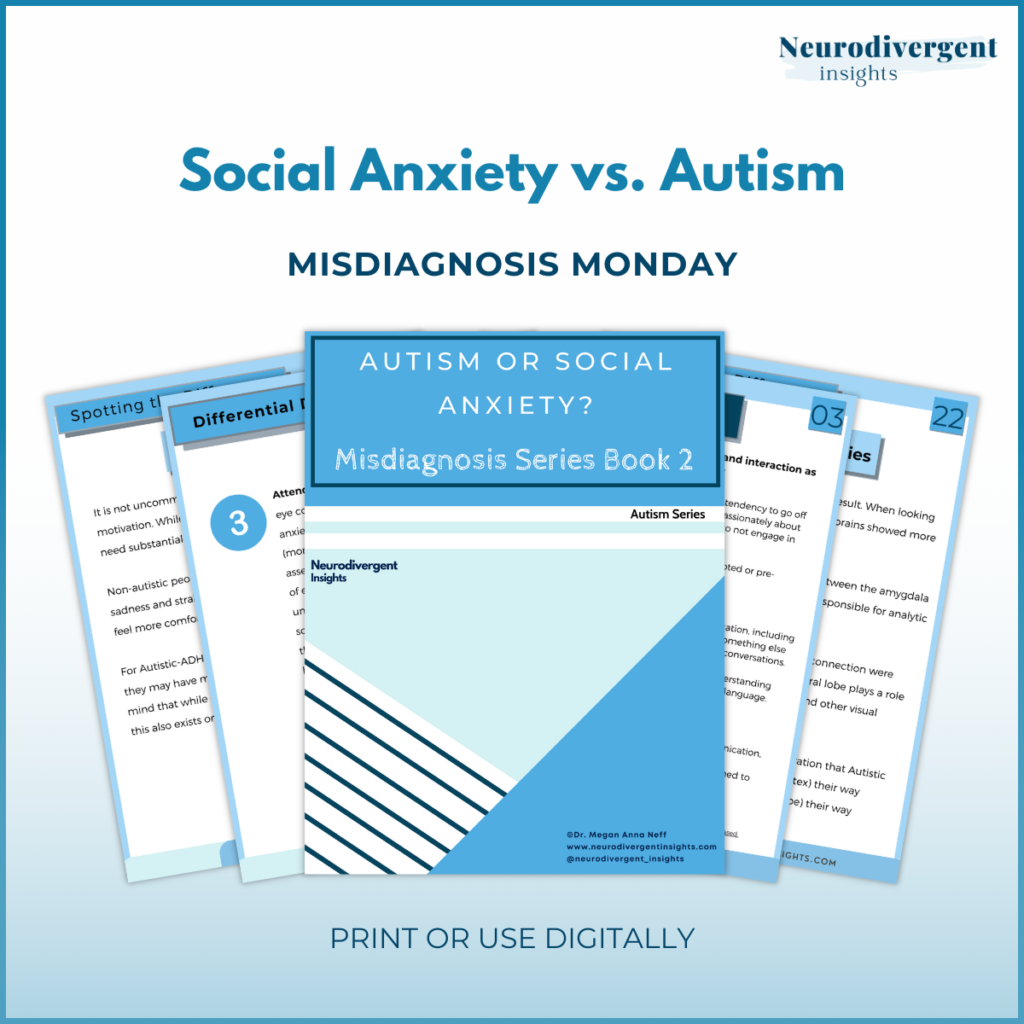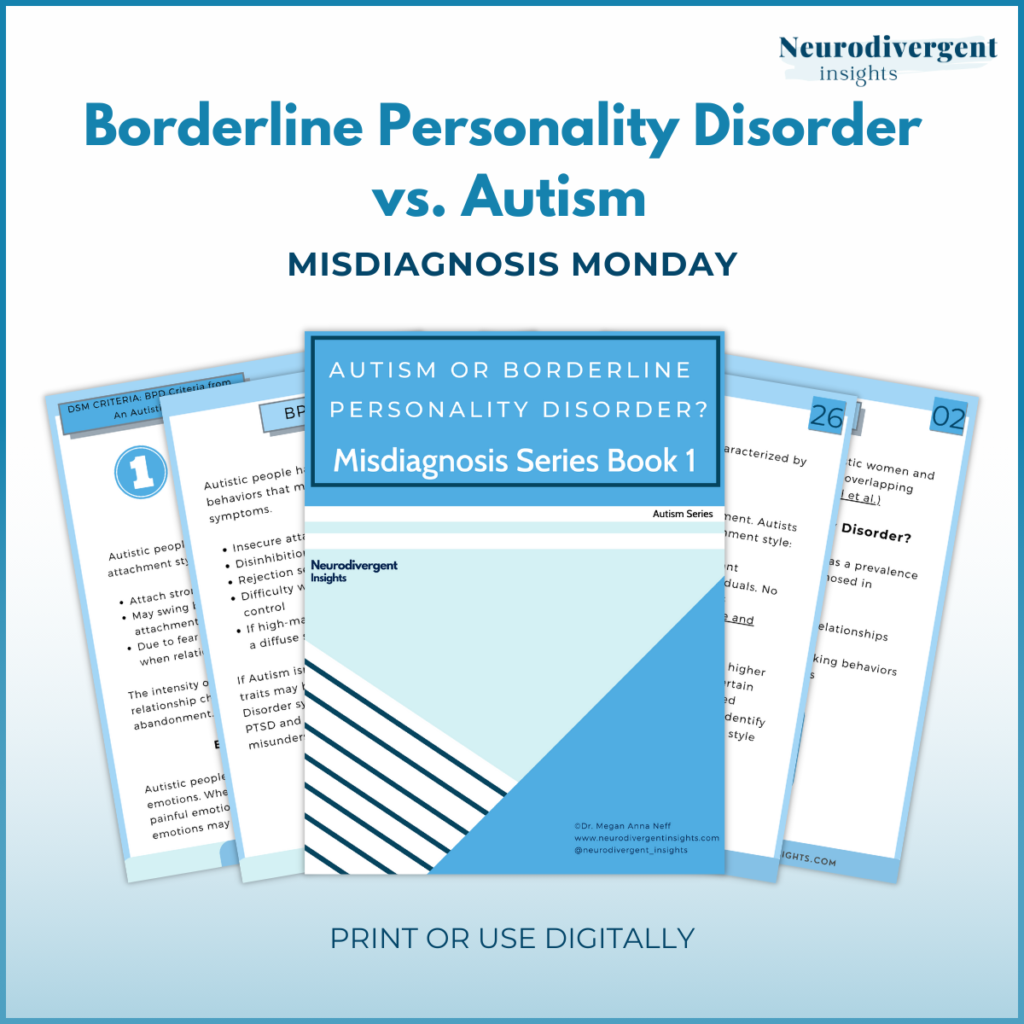
Get Access to the Newsletter Resource Vault & 10+ Free PDFs
Subscribe to the Neurodivergent Newsletter for weekly tips and resources.
Quick Links
Resources
Disclaimer: This website uses affiliate links, meaning: at no additional cost to you, I earn a small commission if you click-through and make a purchase. As an Amazon Associate, I earn from qualifying purchases. I feature products that I believe in. Your support means the world and allows me to host this website. Thank you!
@2024 Neurodivergent Insights by Dr. Neff




